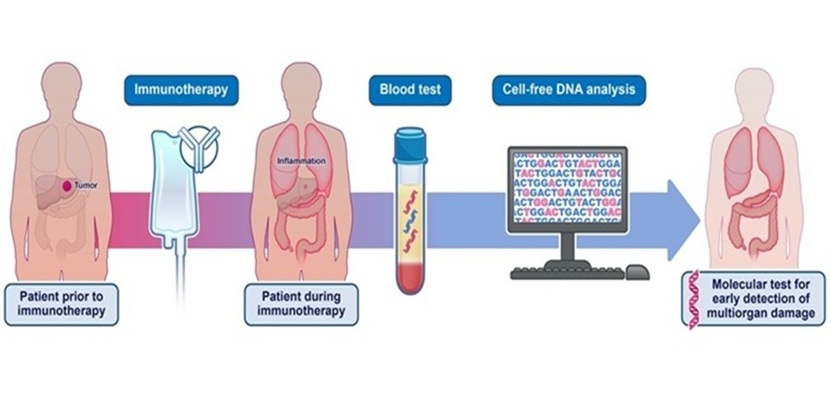Immunochromatography Quantifies Prostate Specific Antigen
By LabMedica International staff writers
Posted on 18 Jan 2012
A fluorescence immunochromatography method using monoclonal antibodies to prostate specific antigen (PSA) has been developed.Posted on 18 Jan 2012
The fluorescence immunochromatographic analysis system is composed of anti-PSA-monoclonal antibody (mAb), fluorescence conjugates in a detection solution, a immunochromatographic assay strip, and a laser fluorescence scanner.
Scientists at Kangwon National University (Chuncheon, Korea) have developed a fluorescence immunochromatographic assay strip consists of a nitrocellulose membrane, a sample pad, an absorption pad, and a backing card. The fluorescence immunochromatographic-analysis system was employed to detect PSA based on the area ratio between the control line and the test line of the strip. The test line on the nitrocellulose membrane was dispensed with anti-PSA-mAb; the detection solution was a mixture of anti-PSA-mAb- fluorescent (FL) conjugate and biotin-bovine serum albumin (BSA)-FL conjugate.
Serum obtained from a healthy man, was spiked with PSA to produce five different concentrations: 0.72 ng/mL, 2.3 ng/mL, 4.6 ng/mL, 11.5 ng/mL, 23 ng/mL. These five human sera samples when applied on to the fluorescence immunochromatographic strip which detected PSA concentrations in the human sera samples correlating consistently with the assumed vales. The optimum incubation time of test samples would be exactly 20 minutes, since the standard curve data stored in the fluorescence scanner would be obtained with an incubation time of 20 minutes.
Prostate-specific monoclonal antibody (anti-PSA-mAb) was supplied by Boditech. (Chuncheon, Korea), and prostate-specific antigen (PSA) was obtained from Sigma Aldrich (St. Louis, MO, USA). Under optimal conditions, the area ratio was proportional to PSA concentration ranged from the lowest detection limit of 0.72 ng/mL to 46.0 ng/mL. The authors concluded that as the fluorescence immunochromatography assay is easy to perform and its quantitative range is within PSA concentrations in human blood samples, it shows a potential to be a powerful tool in quantitative analysis of PSA in human blood samples. The study was published in October 2010 in the Journal of Immunoassay and Immunochemistry.
Related Links:
Kangwon National University
Boditech
Sigma Aldrich














